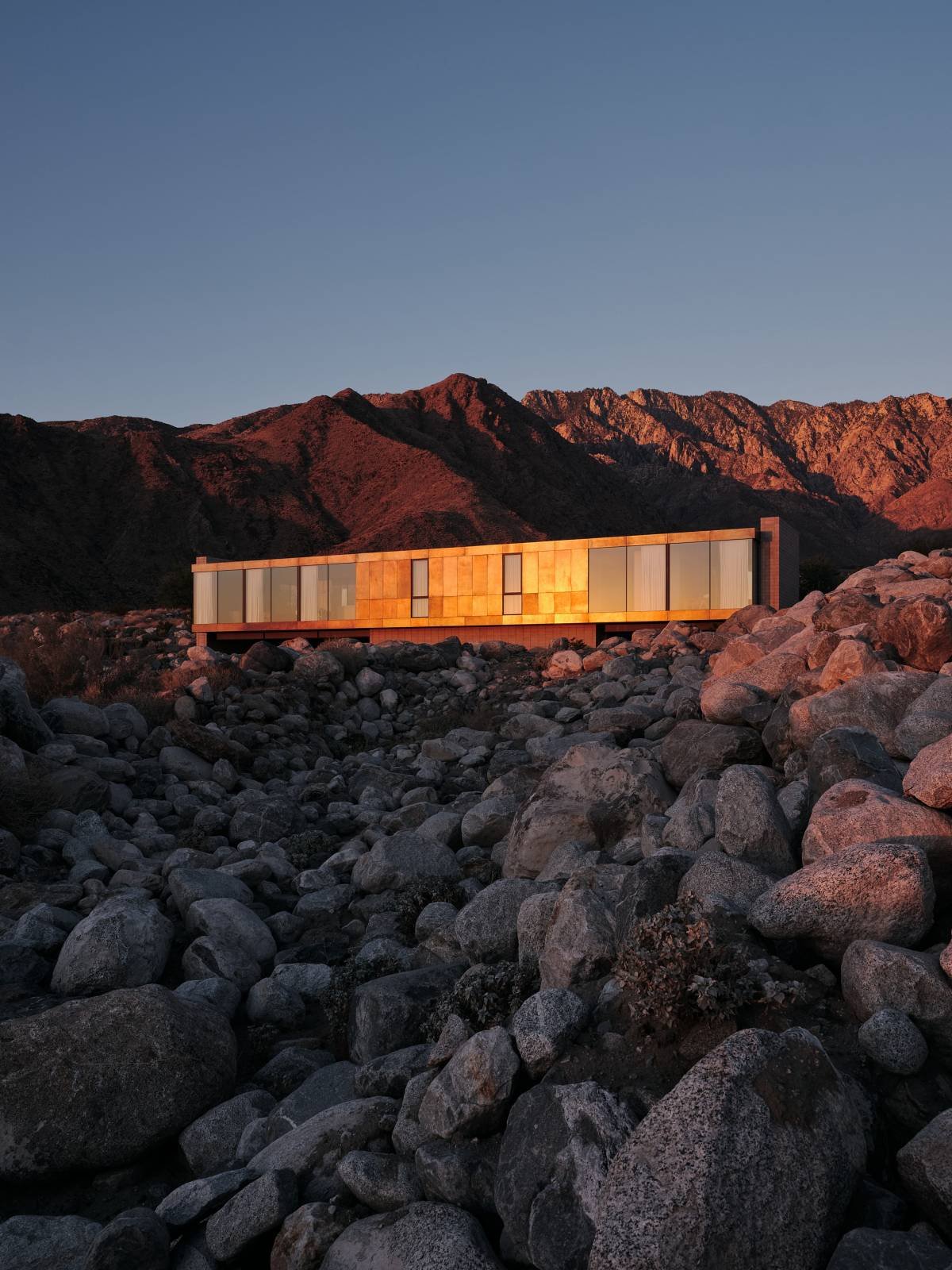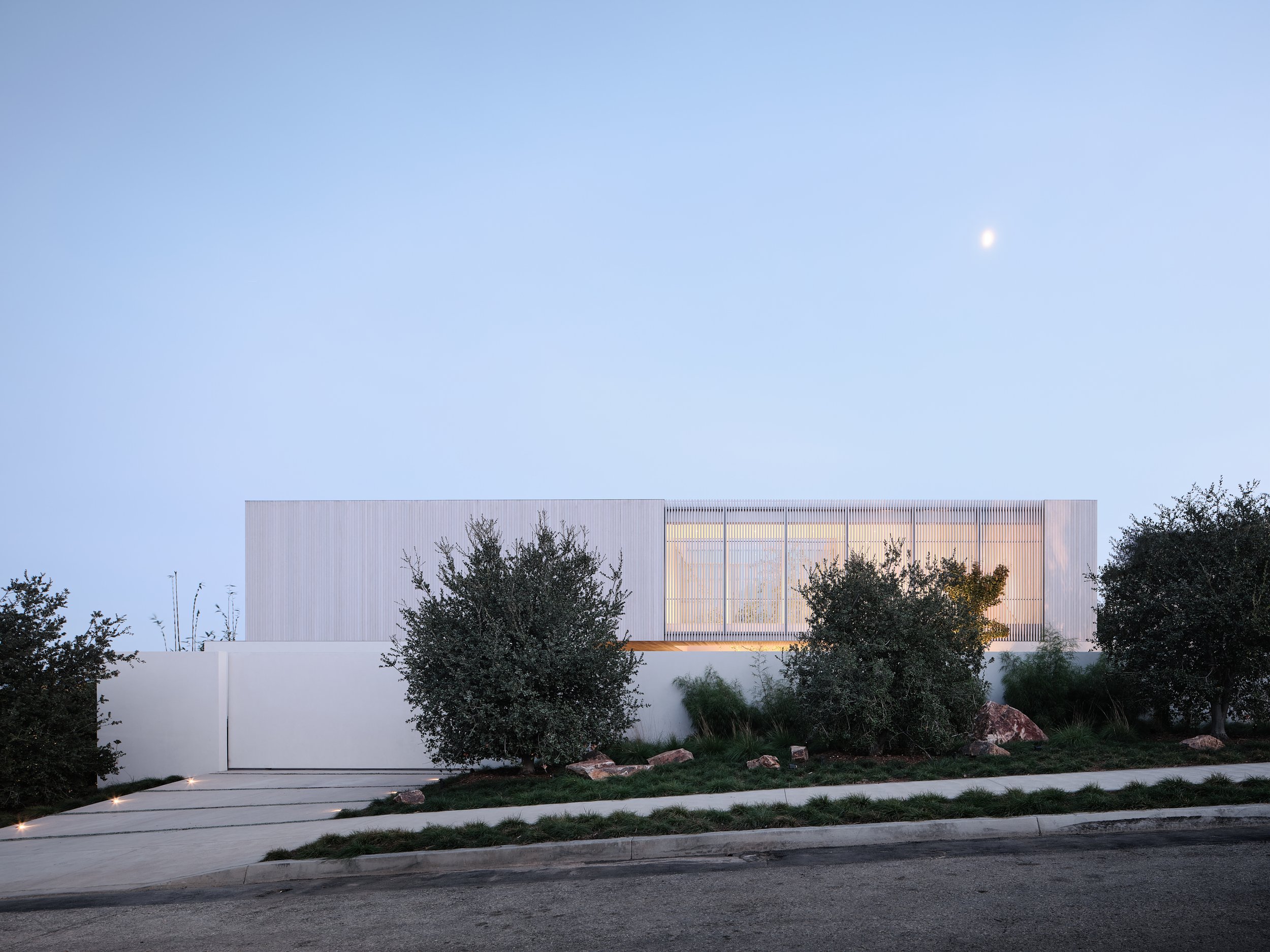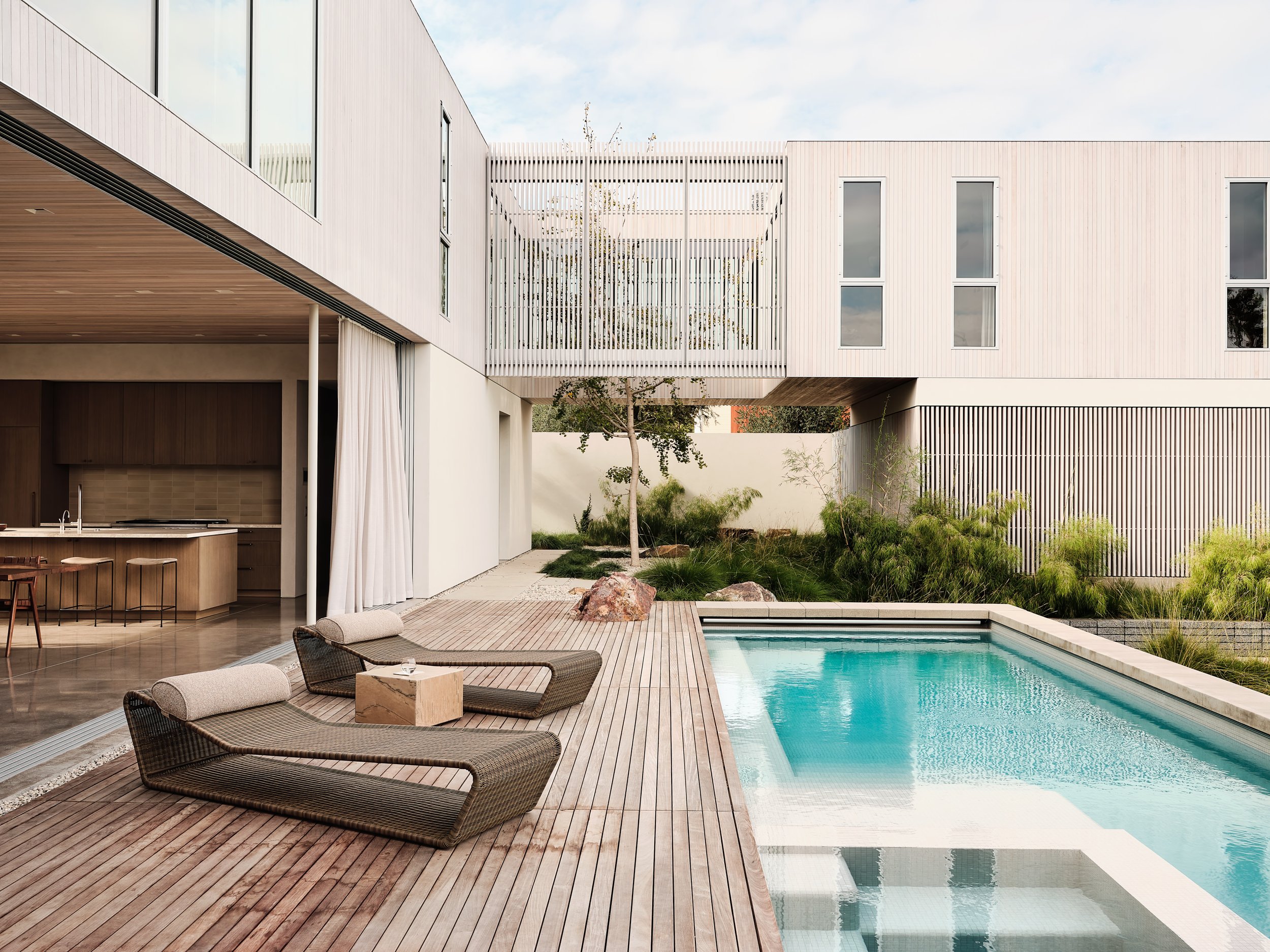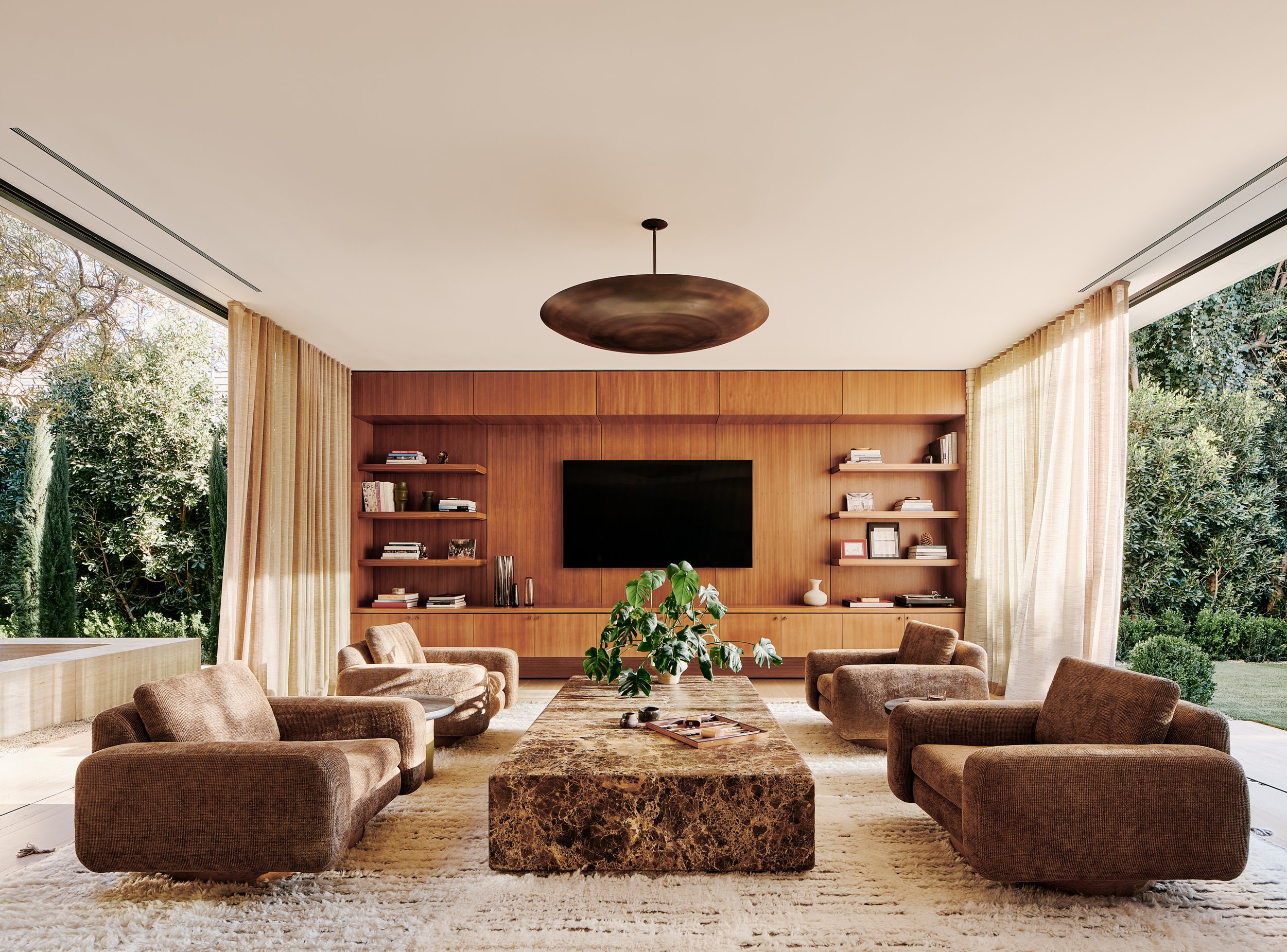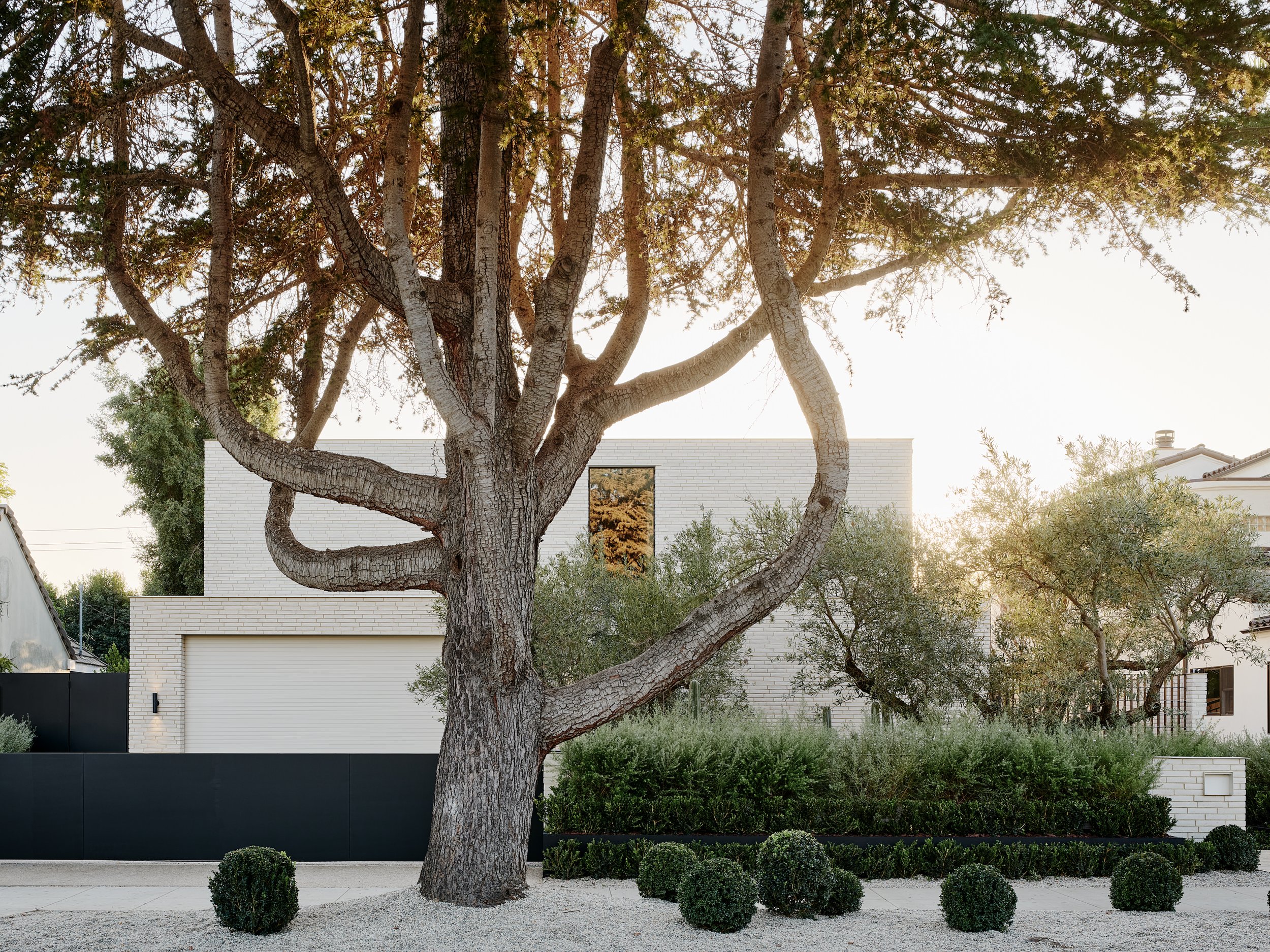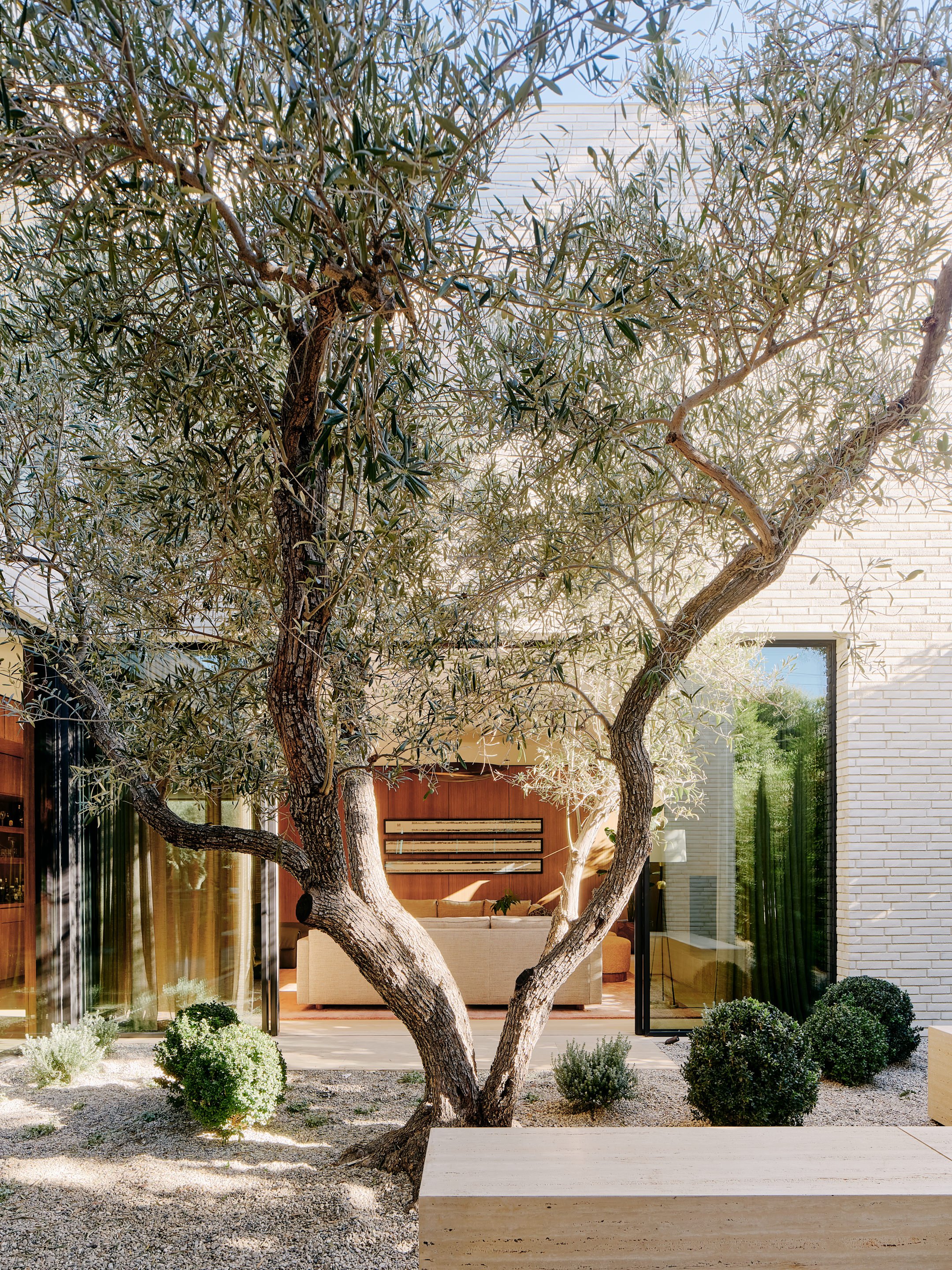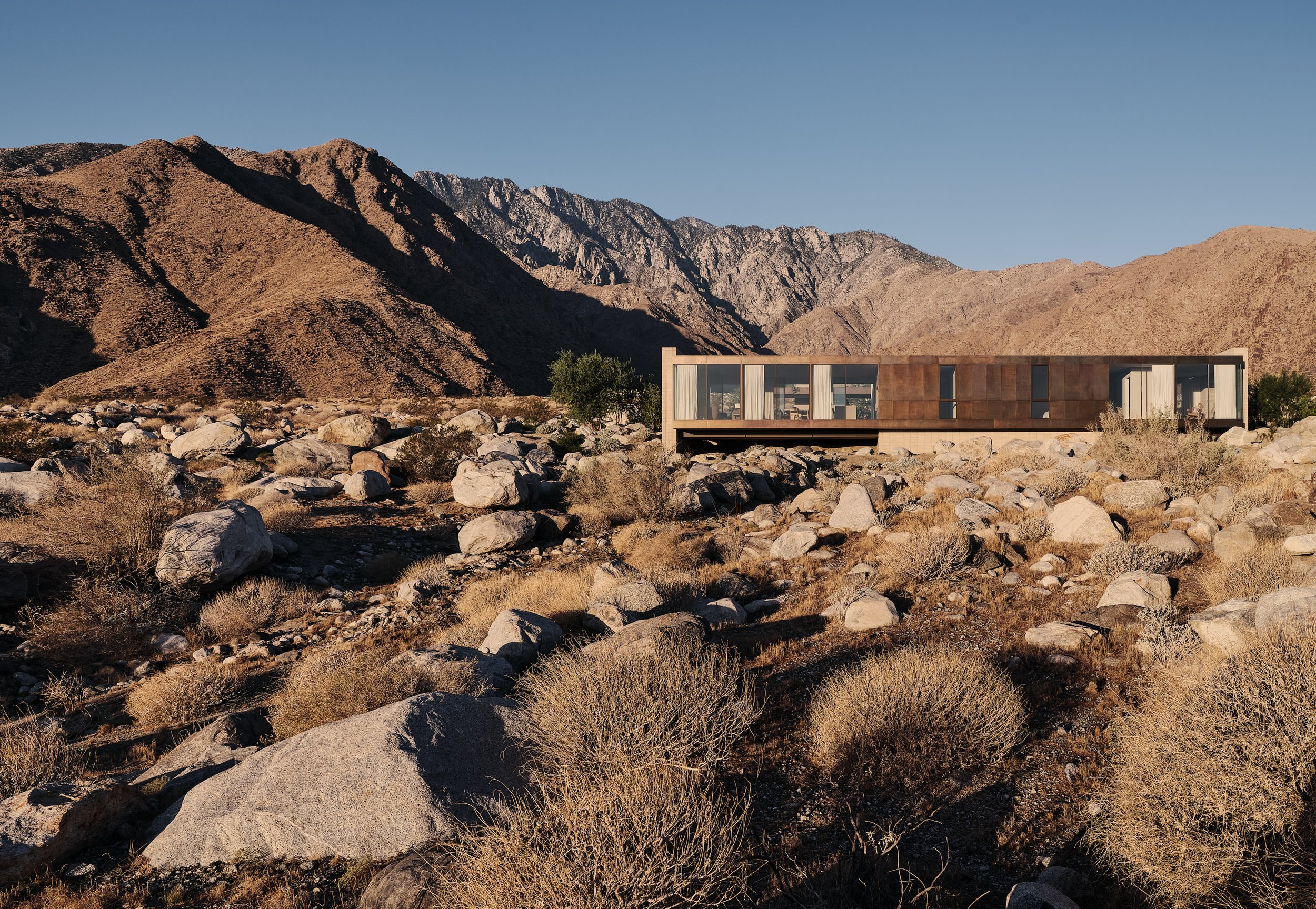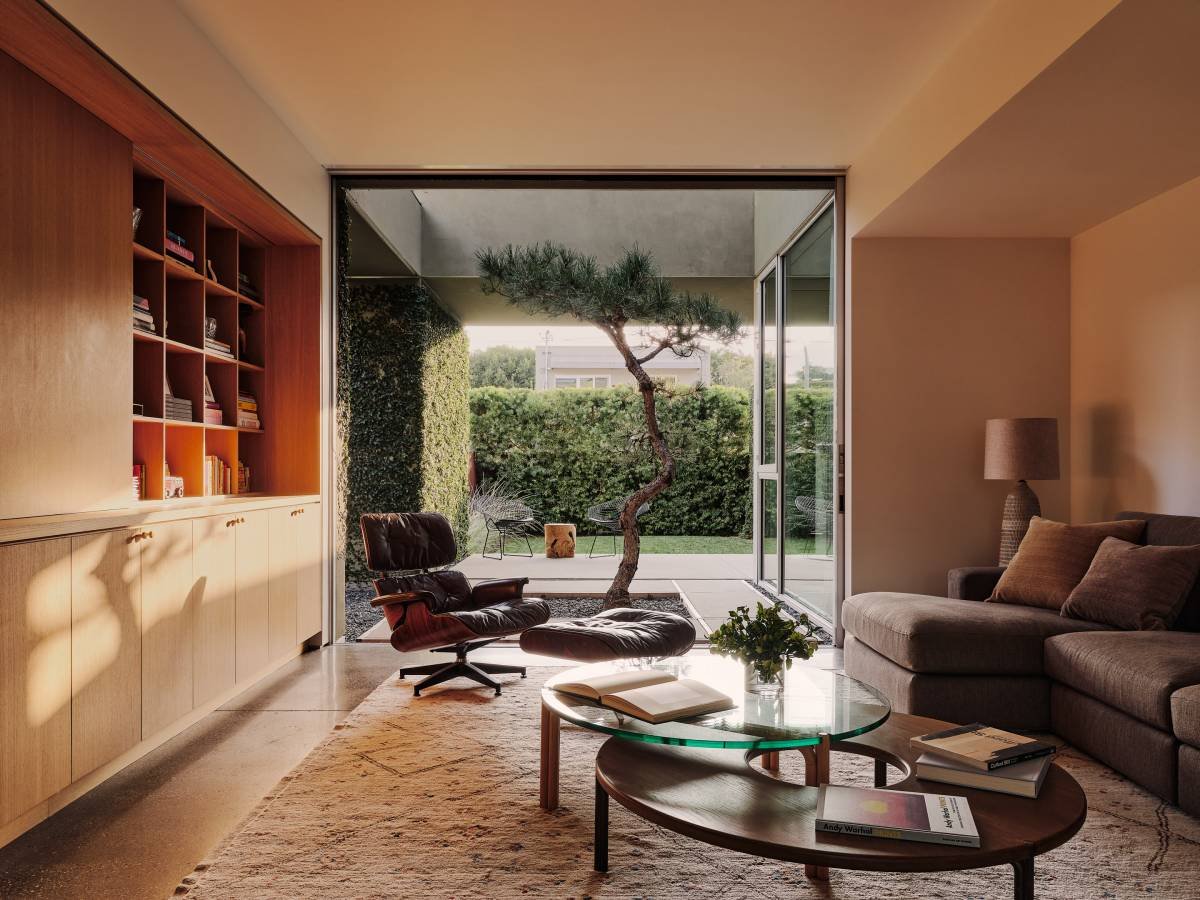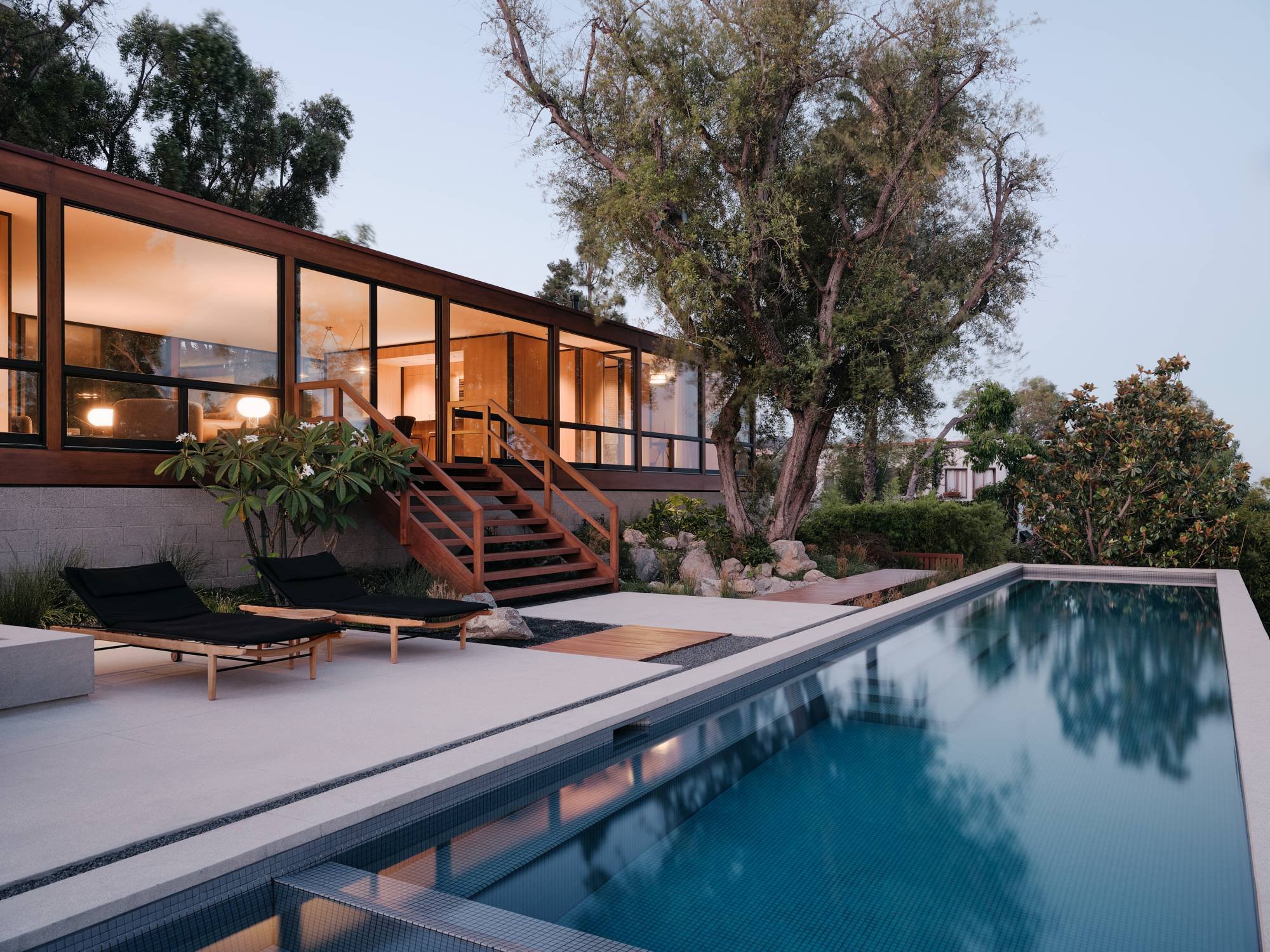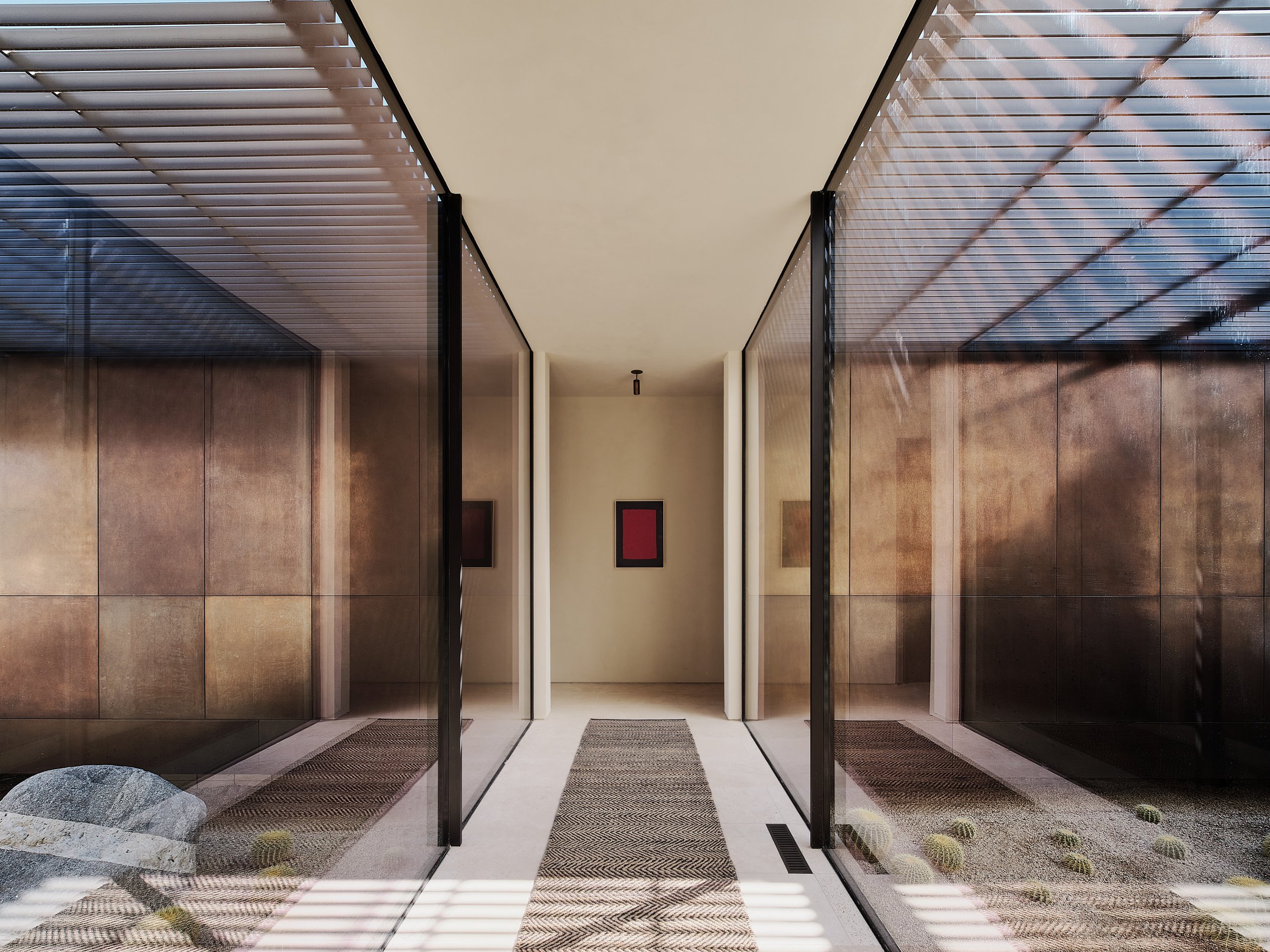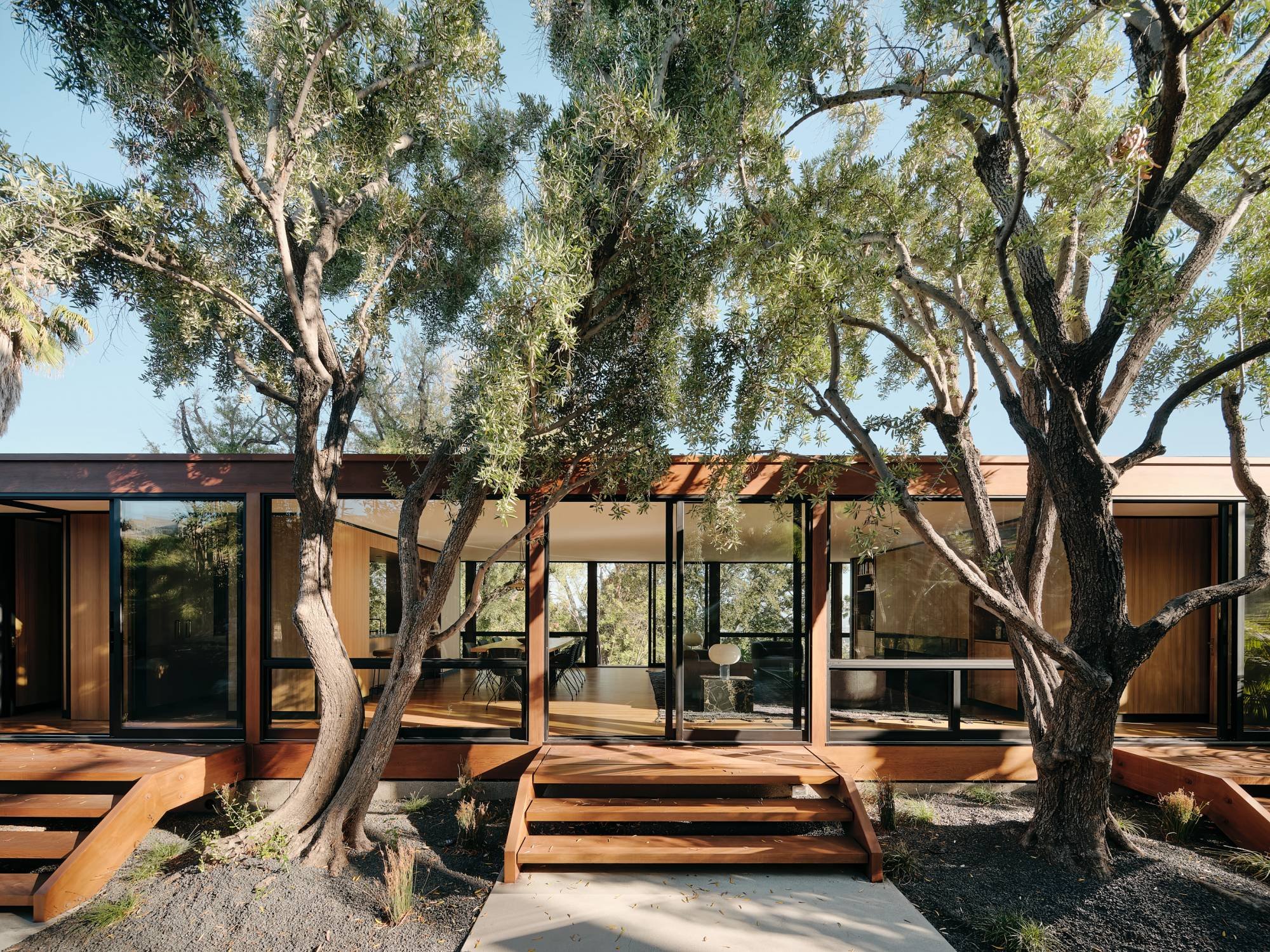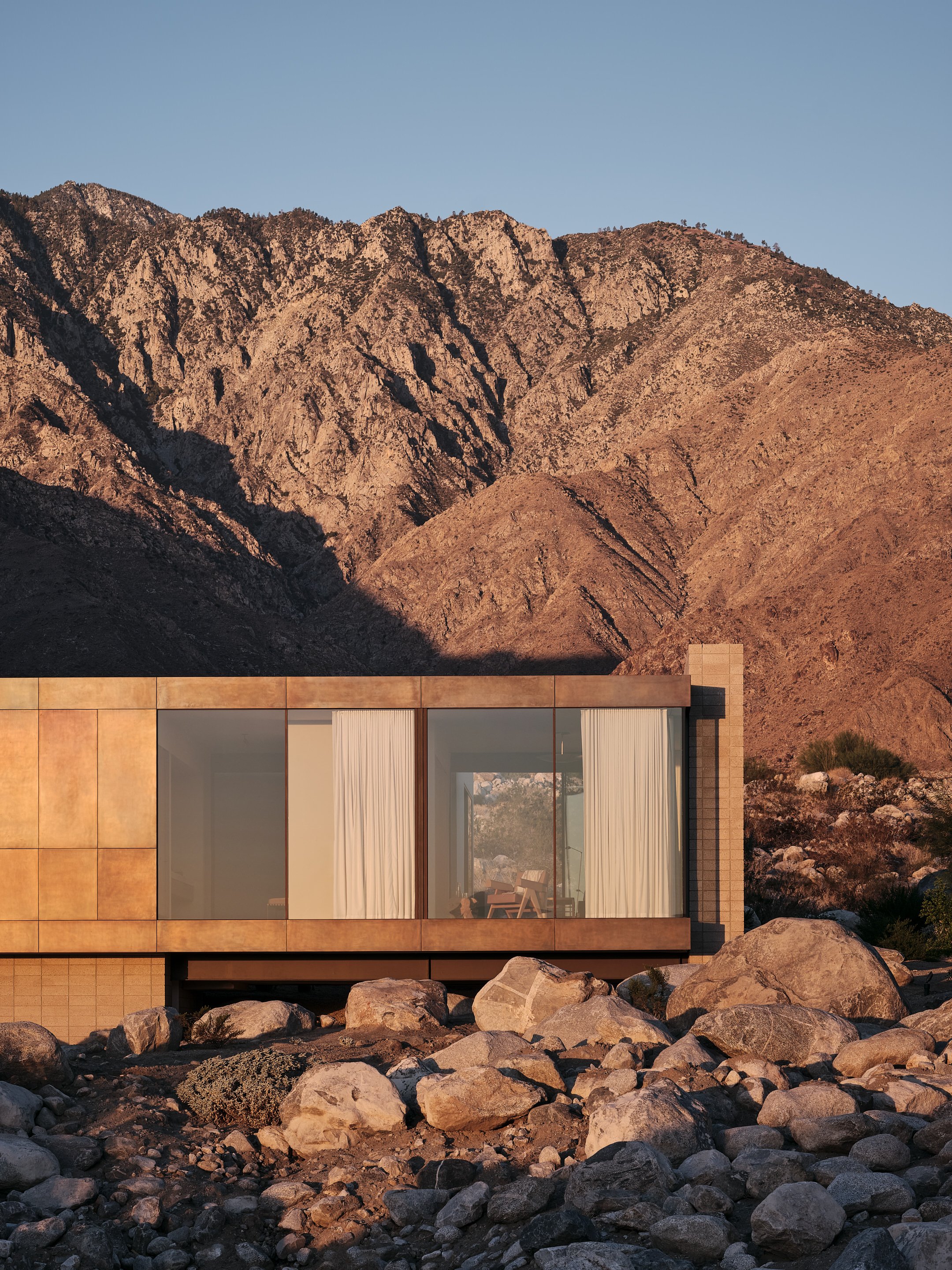#324 - BRETT WOODS, Founding Partner of Woods + Dangaran
SUMMARY
This week Architect Brett Woods, Founding Partner of Los Angeles-based Architecture and Interior Design Office, Woods + Dangaran joins David and Marina of FAME Architecture & Design to discuss his background; studying architecture; working on large-scale projects; starting Woods + Dangaran with Joseph Dangaran; his design process; the challenges of renovating iconic buildings; and more. Enjoy!
ABOUT WOODS + DANGARAN
Many firms describe their work as “transformative”—architecture as an accomplished fact. At Woods + Dangaran, we create modern homes through dialogue and exploration. By collaborating closely with our clients throughout the design process, we are better able to inspire them with the finished product. By working closely with trusted tradespersons, we can deliver work that is uncompromising in craftsmanship.
Working across the country, we design holistically and at every scale: from integrating architecture and interiors to creating custom furnishings. The result are projects that are subtle and disciplined, pure in form, and focused on realizing sublime experiences of space and light. Each building is a carefully curated journey through indoor and outdoor environments that are quietly luxurious, elegantly fluid, and warmly modern.
TIMESTAMPS
(00:00) Background.
(12:10) Experience in Architecture school.
(17:31) Working after graduation and office culture.
“With a lack of [design] authorship [in projects], you often see an erosion of [office] culture with people leaving, because they're not feeling connected to a project. It’s oftentimes hard to keep that synergy in the office… These are all observations, but I think it certainly makes larger firms so much more impressive to me because it's so difficult to keep that engine turning.” (25:39)
(29:58) Starting Woods + Dangaran.
(43:15) Projects by Woods + Dangaran and the process.
“Designing a home… there are steps we believe you can’t skip and it's part of what helps create these things that we all respond positively to. But technology has given us the opportunity now to present these kinds of half-baked ideas, which we have found sometimes can set us back a little bit more because they can actually show too much when the house is not ready to be shown.” (59:47)
(01:11:11) Discovering the office’s identity.
(01:26:55) Thesis.
“What was interesting to me about Joseph Eichler was that it was about really the mass production of housing. Where we grew up, there was a lot of tract housing, and the idea of tract housing, at that point, had that sort of a negative impact on the growth of architecture, hypothetically speaking, from a stylistic standpoint… Joseph Eichler, [however] found this intersection between mid-century architecture, communities, and tract housing… [he found] a way to make sure that they can coexist together.” (01:27:07)
(01:32:16) Translating his experience working on commercial projects to residential projects.
“We often refer to these two buckets that we have. We created two buckets of the “do’s" and “don’t’s”, and there were a lot of “do’s” that I took from the commercial and the larger scale projects that revolved around rigor and around process and presentations… Early on in our practice when we first started, I felt there was a desire for me to communicate that. This sense of a process of work… and that was something that was different than what you are maybe seeing from some of the residential firms.”(01:33:10)
(01:34:01) About Woods + Dangaran.










